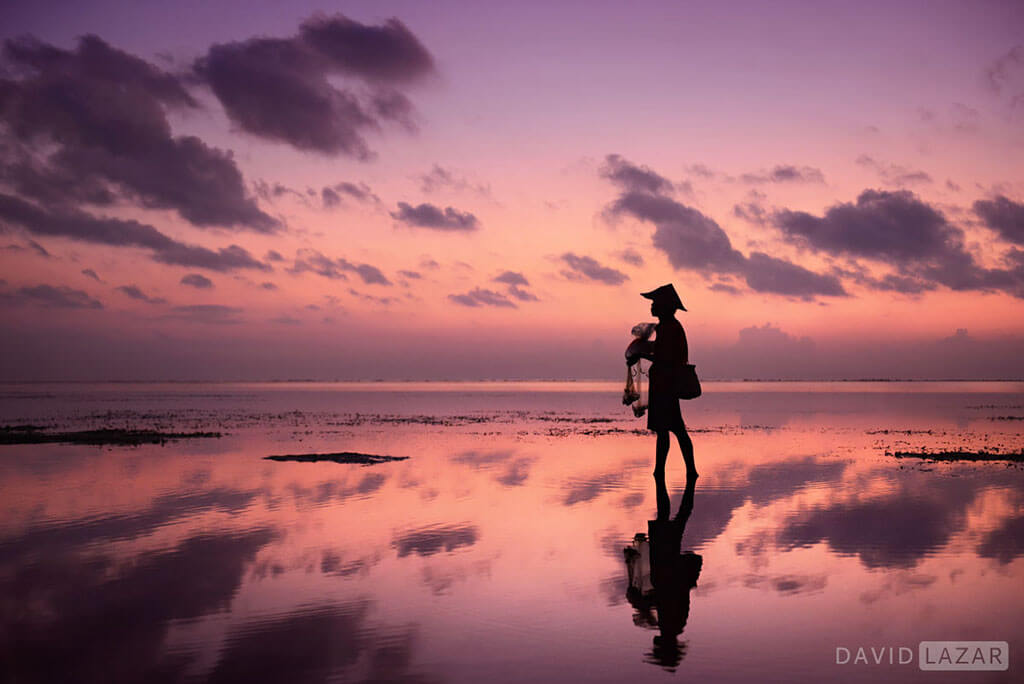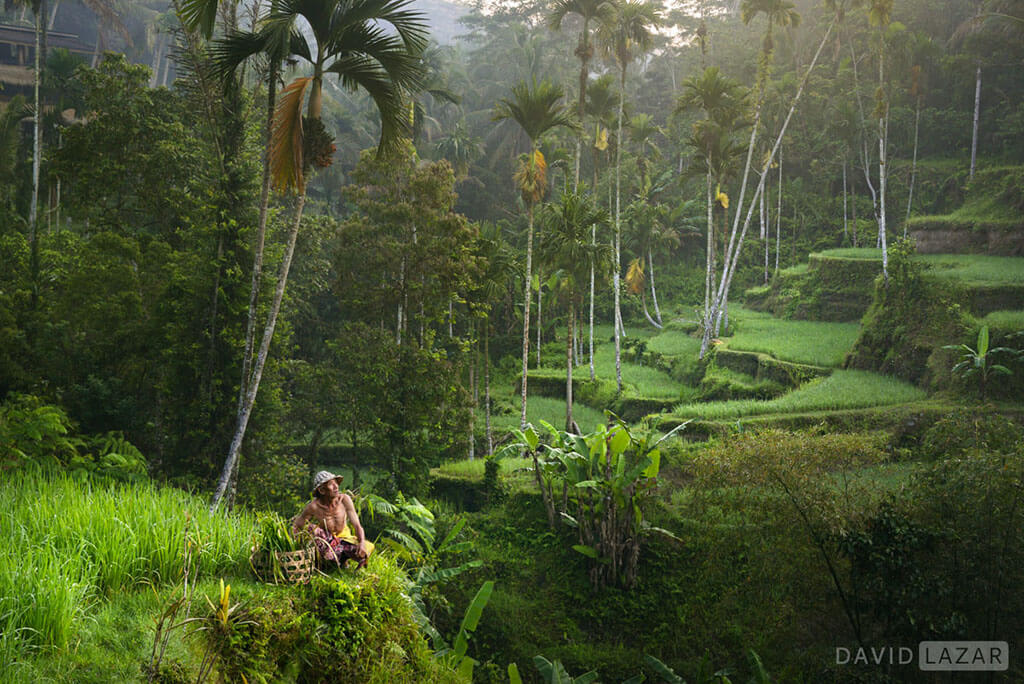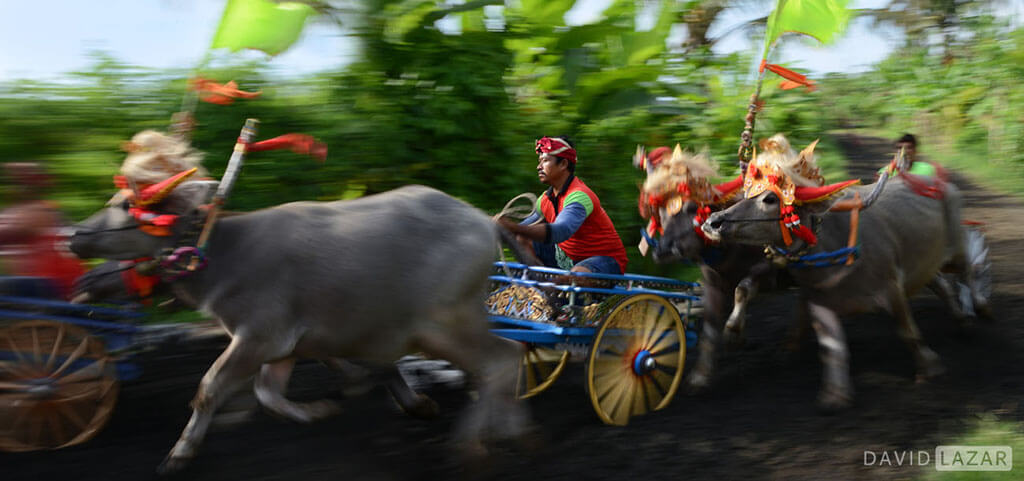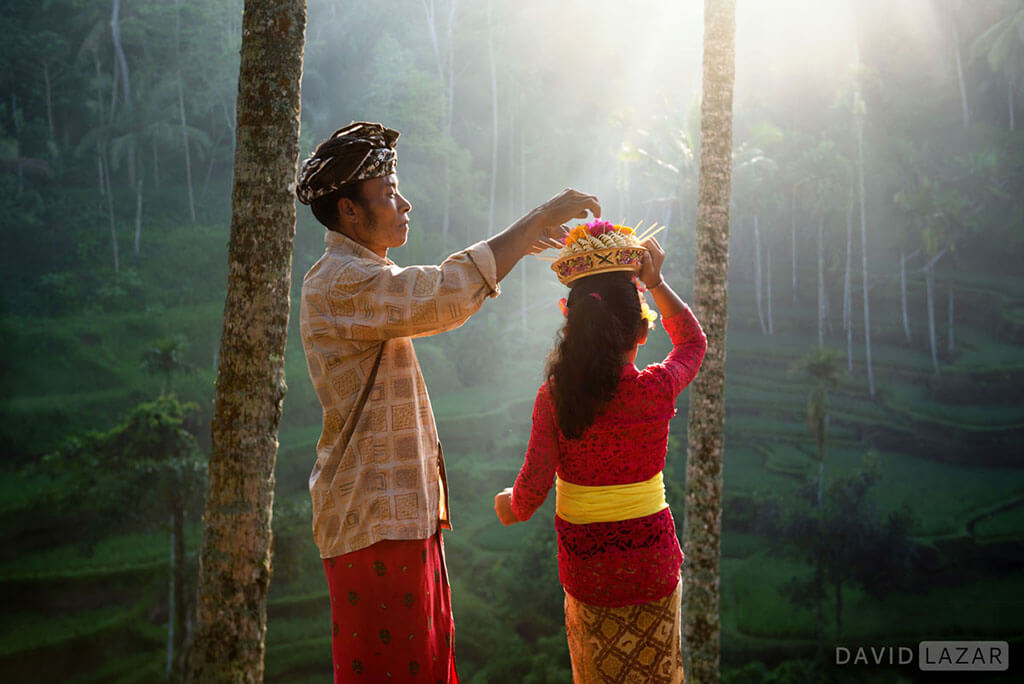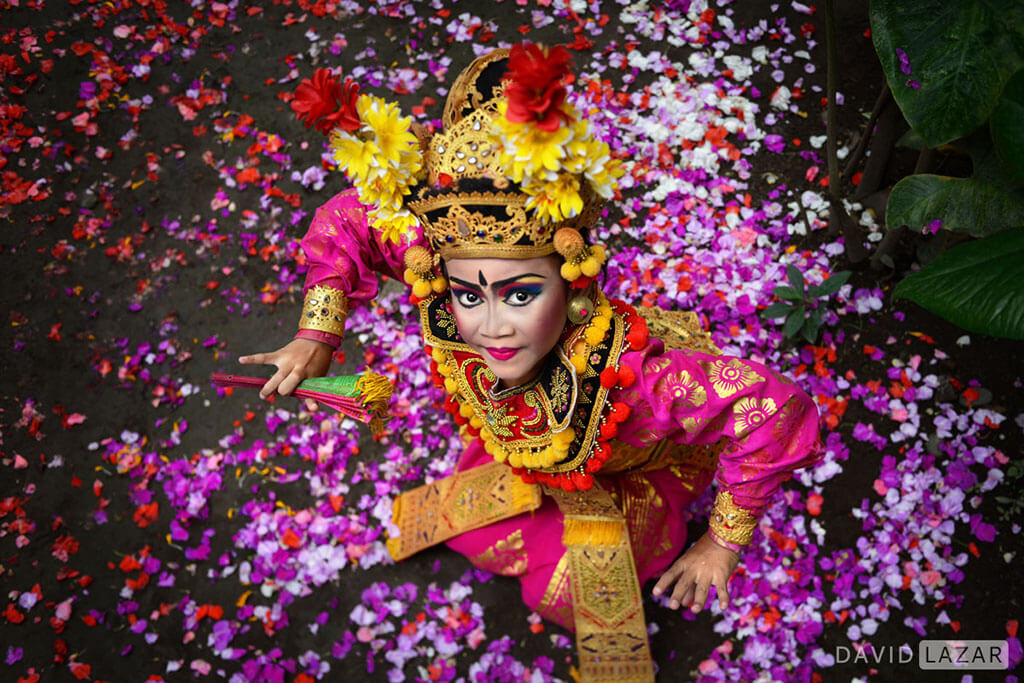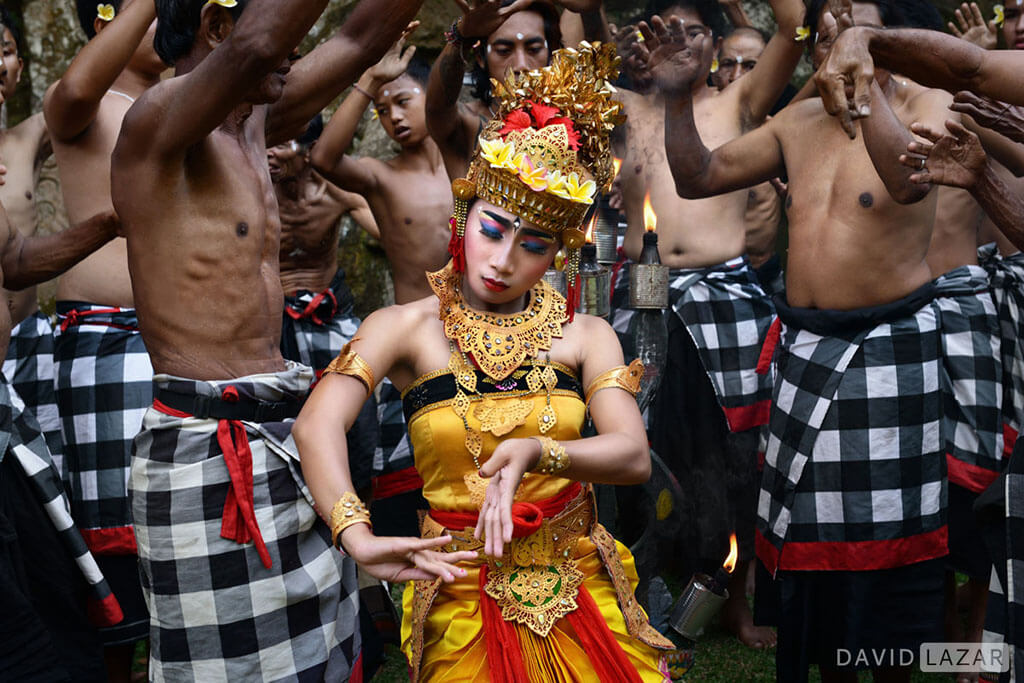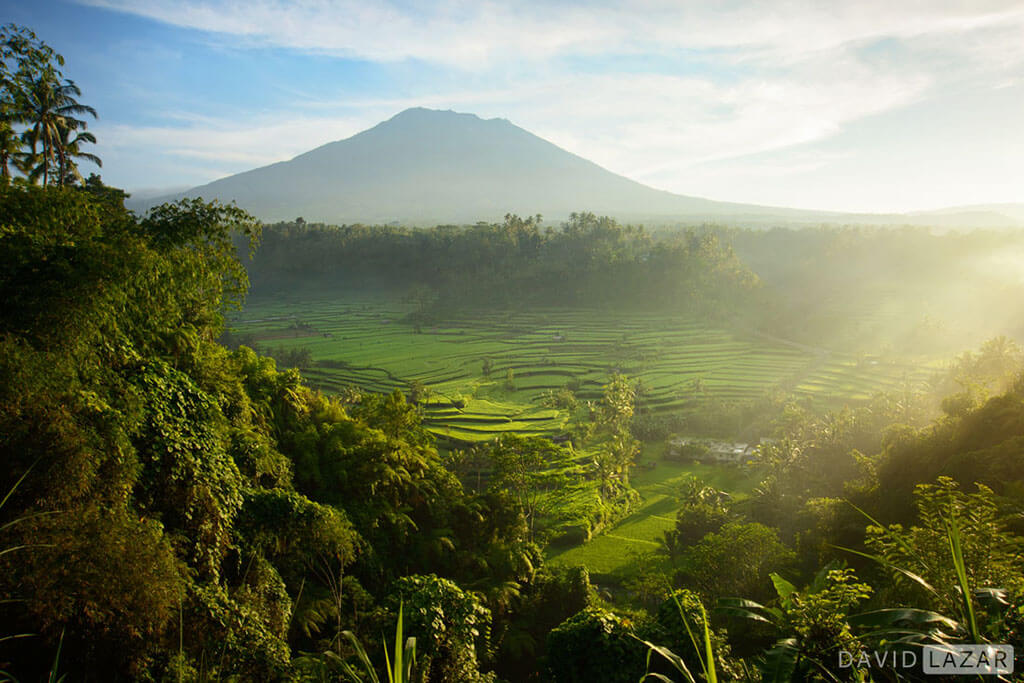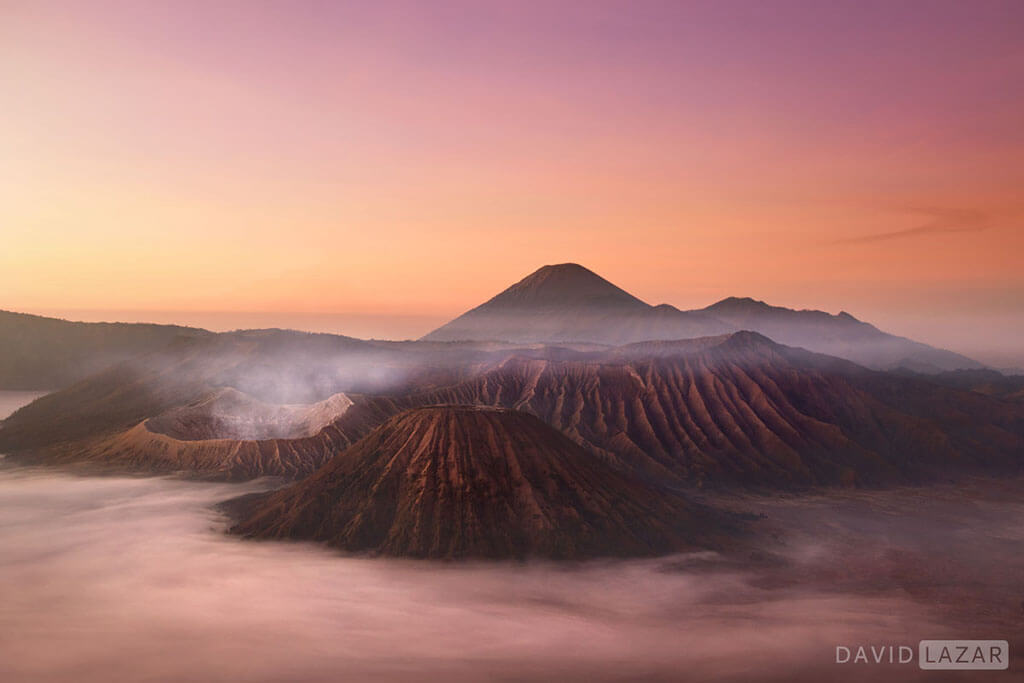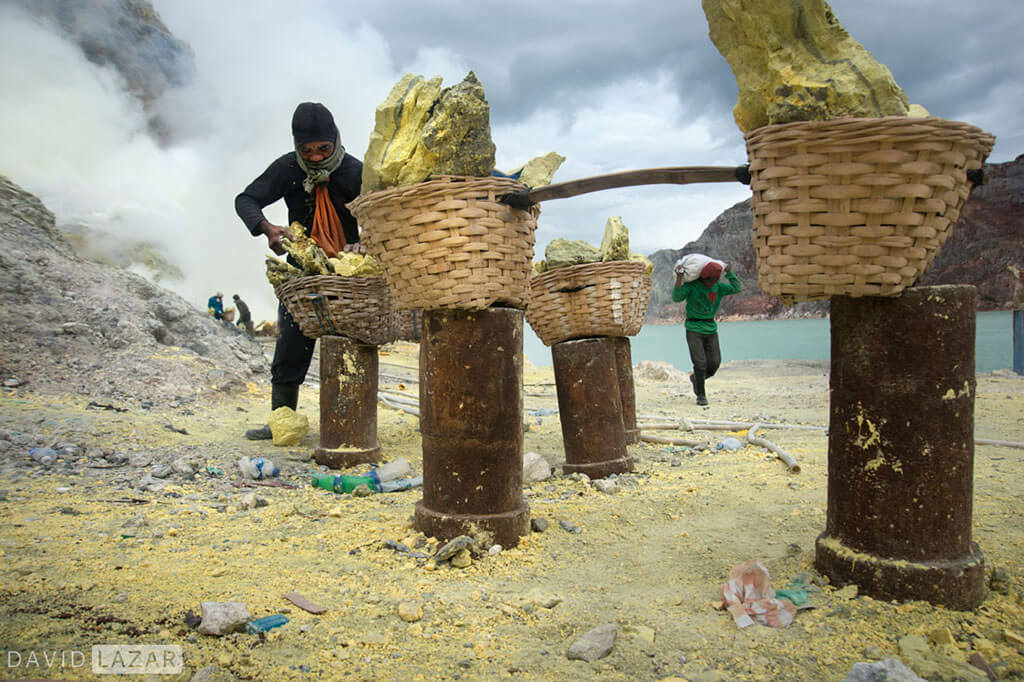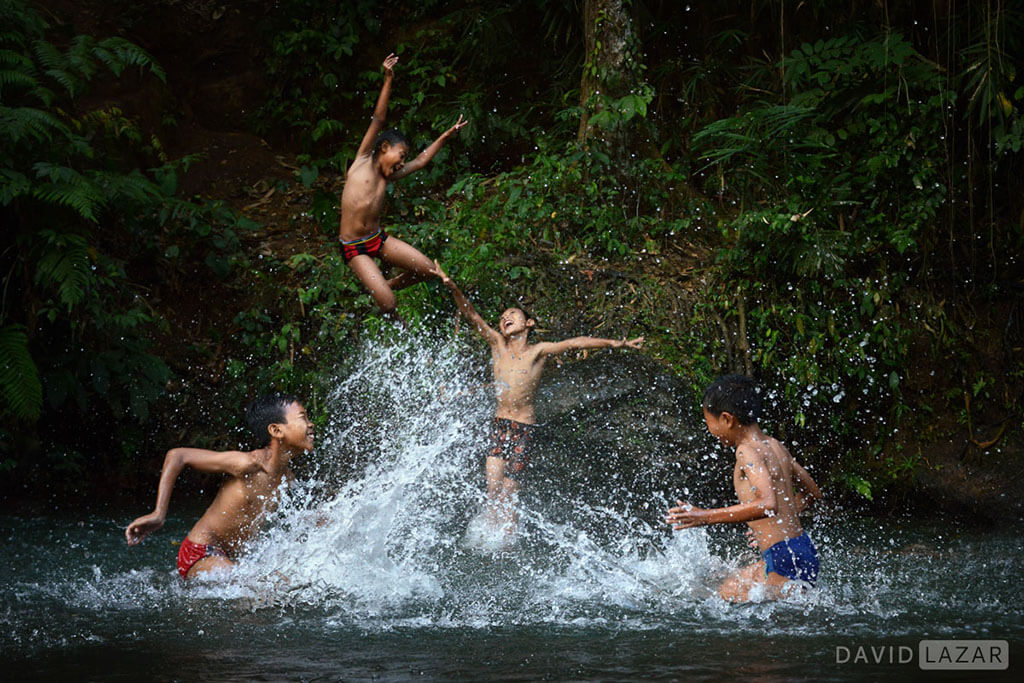A lot of travel photographers nowadays look for unusual locations that few have visited. This approach makes sense since fewer tourists mean fewer photos to compete against yours. After all, it’s easier to capture a unique angle when no one has ever photographed the location before.
However, there’s a reason why some locations are so touristy. It might be their breathtaking natural beauty or their rich culture and history. Either way, tourist hotspots can offer wonderful photo opportunities for travel photographers who are willing to capture unique shots through creativity rather than rarity.
David Lazar is one of these creative photographers. His recent travel photos and portraits from Bali are a good example of how you can present a fresh perspective of a well-worn tourist spot. We asked David about his approach to portraiture and travel photography, and his answers inspired us. Here’s the full interview.
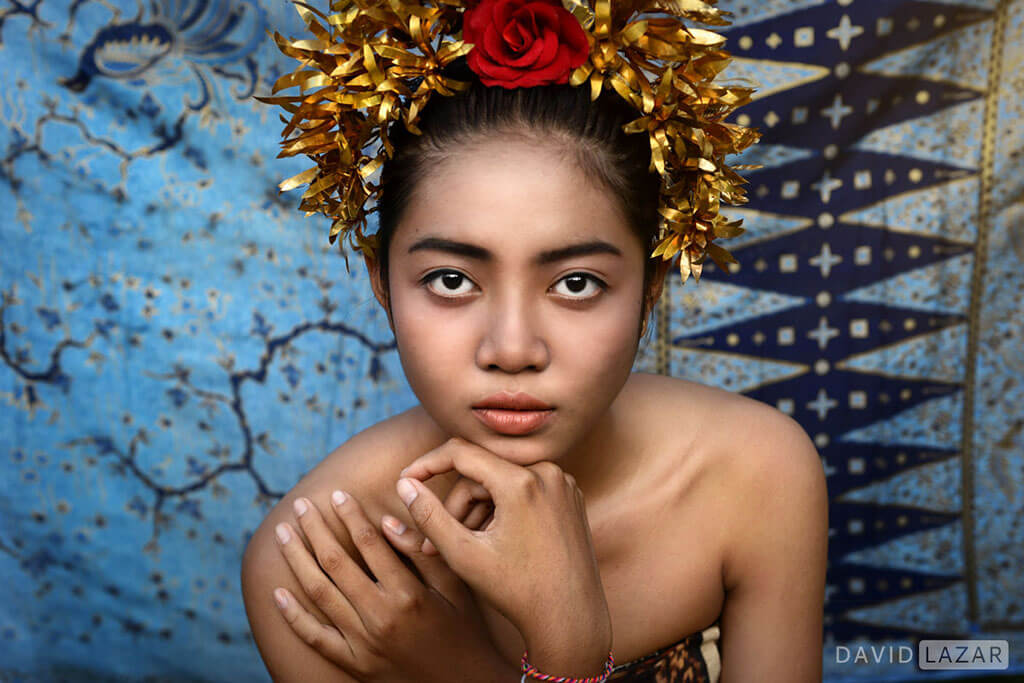
Interview with David Lazar
Originally from Brisbane, Australia, David loves shooting moments of life in cultures that are very different from his own. He has traveled extensively, and his images have appeared in top publications around the world, including National Geographic, Practical Photography, Lonely Planet, and Photo Review Australia.
Though he’s a fine art travel photographer, he’s drawn to photographing people the most. As a result, portraiture has become his specialization within travel photography. His Bali photo tours delve into the dynamics of taking portraits while traveling, helping participants take great portraits while staying respectful. With this in mind, many of our questions focused on portraiture, his strength.
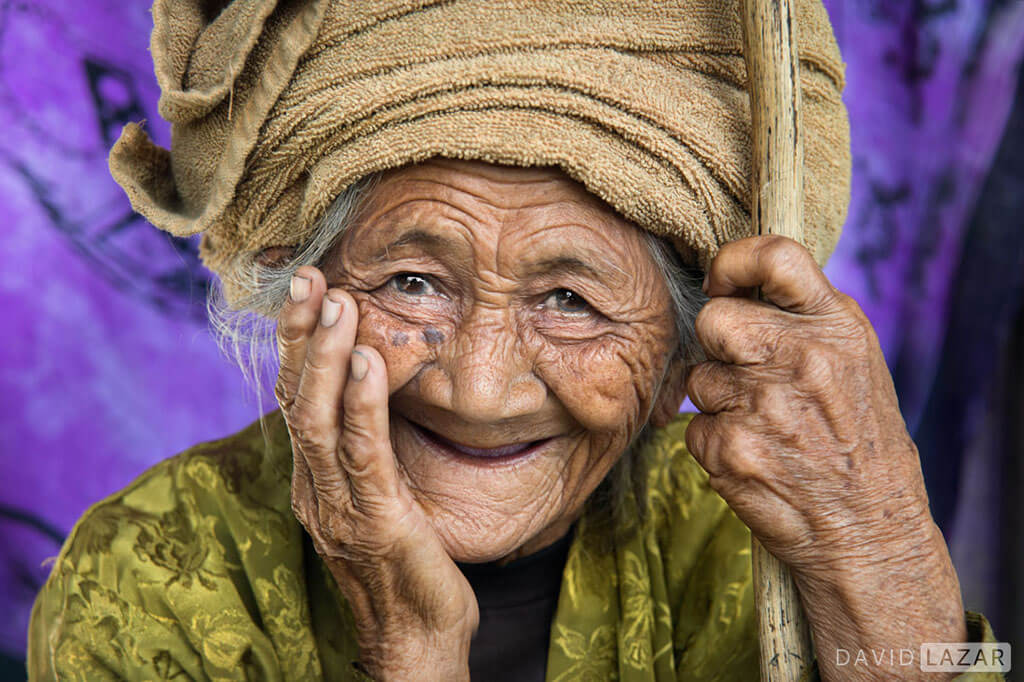
Q: What do you say to students who have no idea how approach a stranger and ask for a photo?
“This comes up a lot and is really essential. It can be daunting at first. The first key is to smile! Try to come across as friendly, relaxed, and confident, and at first, you may have to push yourself to approach and engage. I never, or rarely, have my camera make the first impression.”
Q: What do you mean by not letting the camera make the first impression?
“Don’t think too much about the photograph at first. Think about genuinely engaging the person on a personal level. I always try to be light and playful and look to show interest in something about them or their surroundings. Smile. It feels good to smile, which is a great way to put everyone at ease, including yourself.
Once everyone is relaxed it makes it much easier to ask for a photo. If it feels right and I see a good frame, I’ll reach into my bag and pull out my camera just enough so they can see it. Then I say something simple like, ‘Photo, it’s OK?’
Once they agree, then you can direct them as needed. At that point, it’s important to act like you know what you’re doing, even if you don’t! People posing for you want to feel they are in good hands. Otherwise, their doubt can reflect yours and show in the picture.
When it comes to portraiture, your personality and the way you carry yourself is your most important asset. Other than your camera, of course.”
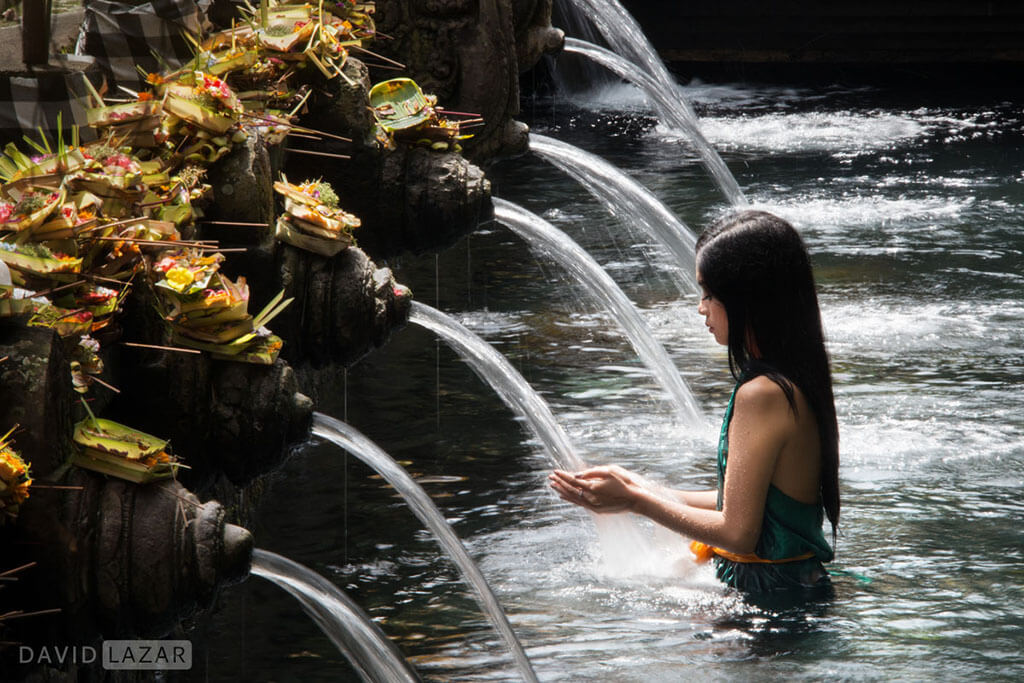
Q: What if the photographer is shy or anxious about asking someone they don’t know for a favor?
“Well, this is completely normal and is something that gets easier with time and practice. You just can’t let it get the better of you. Remind yourself of why you are there and engage the experience in a genuine way. Don’t walk away kicking yourself for chickening out. If you do, make sure it doesn’t happen the next time.
And don’t forget that a lot of people take being asked for their photo as a compliment. There is no sense in burdening yourself by thinking it’s a favor or an intrusion. Stay positive, even if you get a negative response. Especially then!
You should, however, be prepared and understand that the person might respond with a ‘No’, so that if they do, then that’s totally fine and you can respect that. From my experience, though, the vast majority of people will usually say ‘Yes’, so it’s better to just ask. You will probably be met with a positive response that might end up with a great photo and the mutual enjoyment of a memorable moment together.”
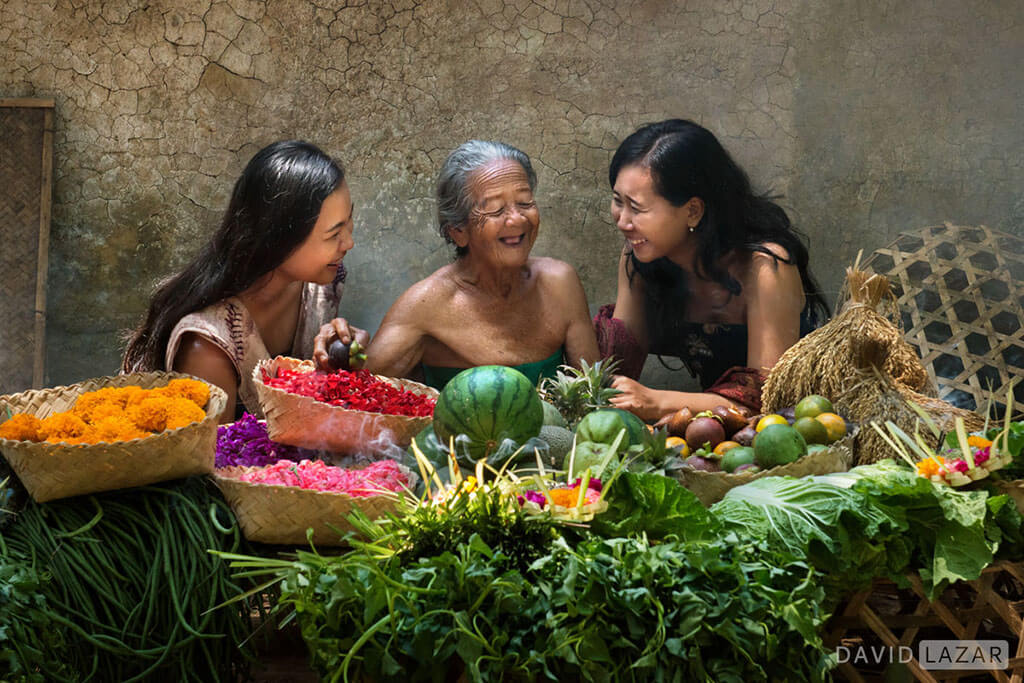
Q: Do you ever show your photos on your phone, just to let them know you are a serious photographer?
“Normally no, because it isn’t necessary. But I will if a subject seems unsure or if a shooting concept can be made clearer from showing other photos I’ve previously taken. It’s a good way to explain what you want to do and show your style, and hopefully get them enthusiastic at the same time.”
Q: What about candid portraits or street photography?
“I love great street photography and really admire those who do it well, as the degree of difficulty is quite high. I always have my eye out and often photograph on the street, just not normally in that style. I’m much more into the fine art aspect of travel photography. You shoot where your heart is.”

Q: Can you tell us a little about your Bali images?
“Most of them are from my 2017-18 trips and have not been published until now. I tend to take my time with processing, and often don’t look at the photos for many months or even a year after taking them. There’s always a backlog, so I’m always working on something. I feel like the time between shooting and developing gives me a fresh perspective that is quite helpful.
Anyway, I’ve been to Bali numerous times, and it never gets old. Just better. The Balinese are a very warm and expressive culture, and the energy you get from them is really special. I always look forward to going back.”
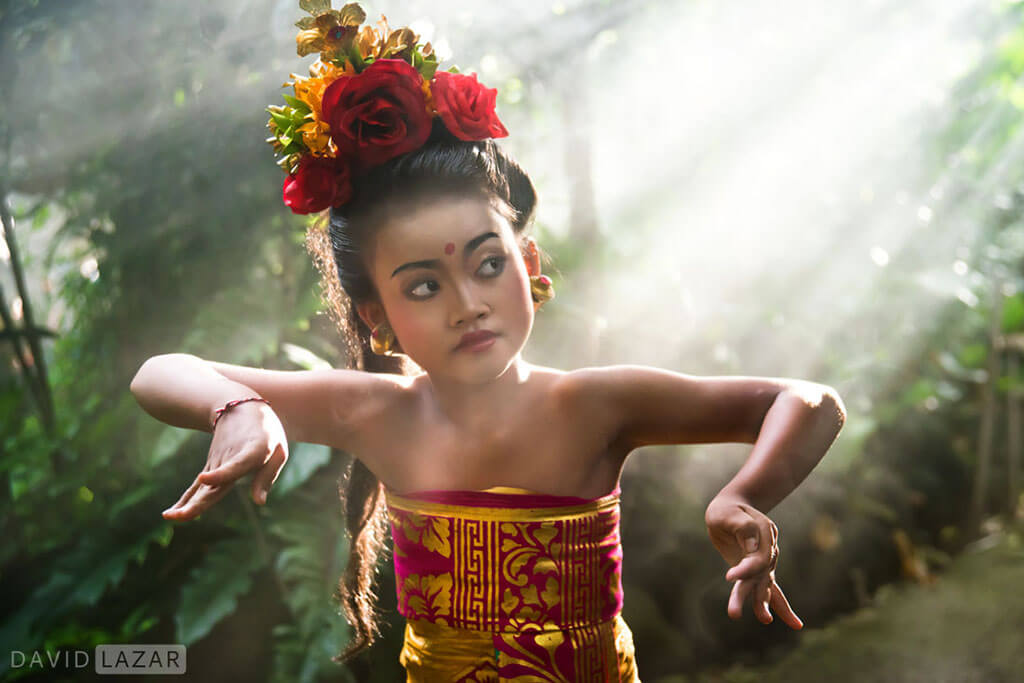
Q: Does returning multiple times to certain places make you a better travel photographer?
“I do think so, and it really makes your folio from that country of focus so much richer. It’s hard to resist discovering the next new exciting country instead of going where you’ve already been, but I think returning is incredibly important.
Steve McCurry has been to India something like 60 times. A great portfolio doesn’t happen in one visit. You do your best work over the time and patience it takes to develop a deeper and richer portfolio.”
To see more of David’s work, visit his website or Instagram page.
